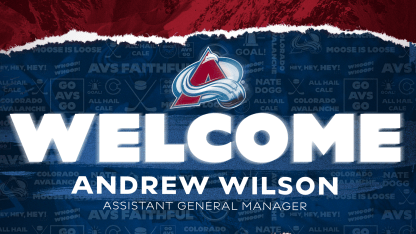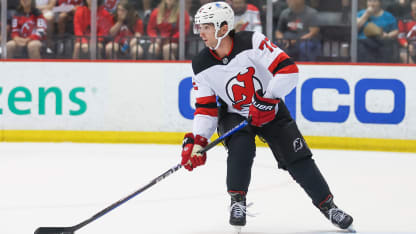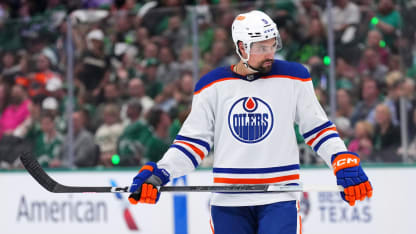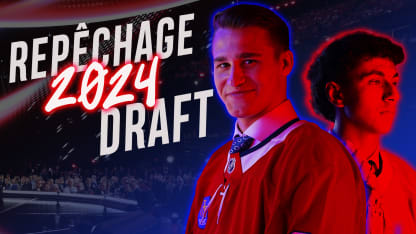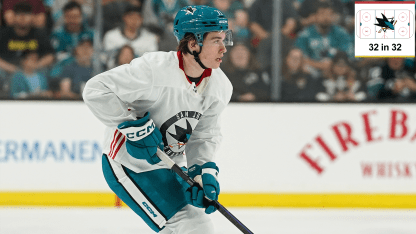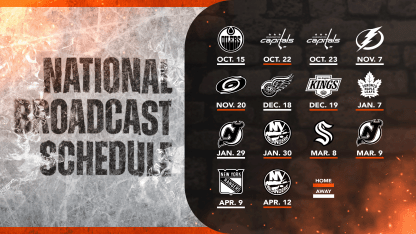3 questions facing Buffalo Sabres
3 questions facing Buffalo Sabres
New faces added at forward spots in hopes of reversing last season’s offensive slide
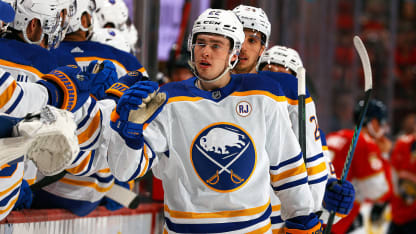
© Eliot J. Schechter/NHLI via Getty Images
NHL.com is providing in-depth roster, prospect and fantasy analysis for each of its 32 teams from Aug. 1-Sept. 1. Today, three important questions facing the Buffalo Sabres.
1. Are the changes enough?
After a season in which the Sabres performed well below expectations, coach Lindy Ruff was hired to bring accountability and structure to a group that spoke strongly of the need for the former, especially amongst the players themselves, at the end of the season.
General manager Kevyn Adams also revamped his bottom six. He acquired forward Ryan McLeod, who will likely slot in as the third-line center, in a trade with the Edmonton Oilers on July 5. McLeod brings speed that ranks in the 97th or better percentile and will help stabilize depth down the middle and on the penalty kill. He also added Beck Malenstyn from the Washington Capitals via trade on June 29 and signed Sam Lafferty and Nicolas Aube-Kubel as free agents. Each brings speed, physicality and relentlessness on the forecheck and makes the Sabres a harder team to play against, something the team has noted it needed more of last season.
The additions, which also include the free agent signing of the speedy and versatile Jason Zucker, give the Sabres a more defined lineup and will play important elements in their bid to end their 13-year Stanley Cup Playoff drought.
2. Can the offense bounce back?
The Sabres ranked 23rd in the NHL in goals scored (244; 2.98 goals per game) last season after finishing third in 2022-23 (293; 3.57 goals per game). Tage Thompson, Alex Tuch and Dylan Cozens each dropped off from career highs. A hole was left with the June 30 buyout of Jeff Skinner, who finished third on the team with 24 goals.
Season-long struggles on the power play didn’t help. Buffalo was 29th in the NHL in power-play efficiency (16.6 percent) and its 37 power-play goals ranked 30th. It was a stark contrast from 2022-23 when they were ninth in both categories.
Seth Appert, promoted to assistant on Ruff’s staff after four seasons coaching Rochester of the American Hockey League, will be responsible for the man advantage. Rochester finished among the top half of the AHL on the power play, with a success rate above 20 percent in each of his first three seasons before dropping to 17.9 percent last season.
Adams believes the solution on offense will come internally, with Thompson, Tuch and Cozens rebounding offensively and continued growth from JJ Peterka, who had a breakout season with 28 goals, and Jack Quinn, who appeared to be on the verge of taking the next step in an injury-shortened season.
“We have talent on that roster,” Adams said on July 1. “We need to play sharper. We need to play more consistent. We need to play more competitive, and I’m not concerned on the offensive part.”
WSH@BUF: Tuch rips in a beauty for the lead
3. Can Mattias Samuelsson and Jack Quinn stay healthy?
Samuelsson, a defenseman, and Quinn, a forward, have each been hampered by injuries over the past two seasons, which has put a stress on the Sabres’ depth.
Samuelsson was limited to 41 games last season after sustaining a season-ending upper-body injury on Jan. 23. He was out for a month in 2022-23 with a lower-body injury and was sidelined in the final week of the season with another injury.
Often paired with Rasmus Dahlin on the top pair, the 24-year-old’s absence left a hole in the top four. With limited options available to fill in and struggles among those who tried to, it resulted in an even heavier workload for Dahlin and Owen Power. Though they’ve added to their depth on defense, for the Sabres to have success, they’ll need Samuelsson to make it through the season.
After a strong rookie season, Quinn was penciled in for a top-six role before an Achilles injury sustained during offseason training led to him missing the first 32 games of the season. The 22-year-old returned in mid-December only to be sidelined again for two months after surgery for a lower-body injury sustained Jan. 27.
The 22-year-old looked like he hadn’t missed a beat upon either return, finishing with 19 points (nine goals, 10 assists) in 27 games. But without him and as several others struggled, the Sabres were unable solidify key parts of the lineup. A healthy Quinn will be important not just for the forward group but also for Quinn himself as he continues to develop.

